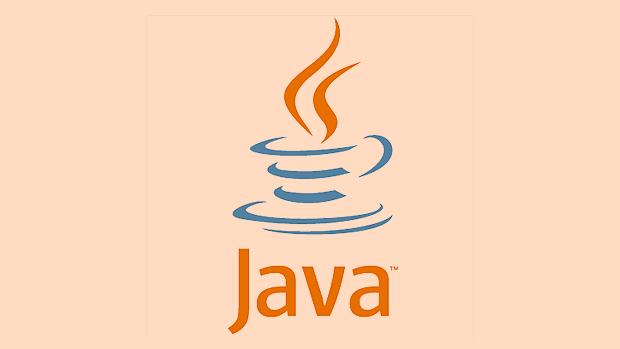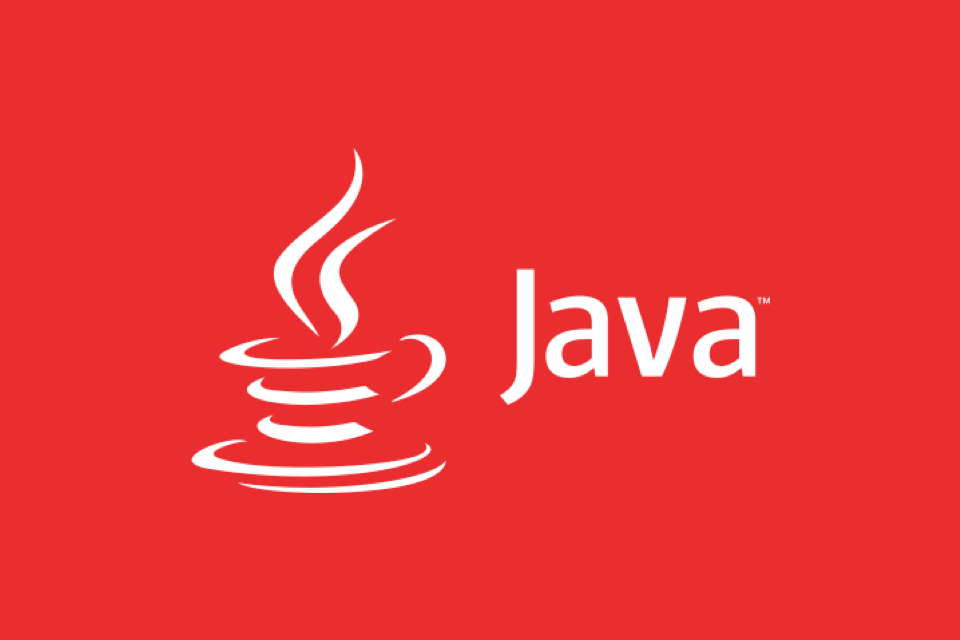Building Highly Available Java Clusters
The core of a highly available Java cluster is to "disperse risks and automatically recover." 1. Use load balancing and service registration discovery to implement service registration through Consul, Zookeeper, or Eureka, and dynamically forward requests to healthy instances in combination with Nginx, HAProxy, or Ribbon. 2. Multi-replica deployment plus failover mechanism to ensure that each service is at least two instances and distributed on different nodes. The database uses MHA or Patroni to achieve master-slave switching, and the Java service is degraded through Hystrix or Resilience4j circuit breaking and downgrading to prevent avalanches. 3. Use the Kubernetes container orchestration platform to achieve automated operation and maintenance, define the Deployment and Service to automatically maintain the number of pods, and ensure service stability with probes and resource restrictions.

The core of a highly available Java cluster is to "disperse risks and automatically recover." Simply put, it means not allowing any node or service to become a single point of failure, and at the same time, it can quickly take over and repair problems when there is a problem.

1. Use load balancing and service registration discovery
In Java cluster, the most feared thing is that no one knows if a service is disabled. At this time, load balancing and service registration discovery mechanisms are needed to help.
A common practice is to use tools like Consul , Zookeeper or Eureka to register services. After each Java instance is started, it will register itself and tell the cluster "I'm still alive". Load balancers (such as Nginx, HAProxy, or Ribbon) will dynamically forward requests to healthy instances based on this information.

For example: you deployed three instances of the order service, and one of them suddenly lapsed. If no service discovery is found, the front-end may also send a request to this instance, resulting in failure; and with the registration center, it will automatically mark the instance as offline and cut the traffic away.
suggestion:

- Select the right service registration component, combined with your technology stack
- Set reasonable health check frequency and timeout time
- Load balancing policy is usually safe to choose polling or minimum number of connections.
2. Multi-replica deployment failover mechanism
It is a hidden danger that a Java application runs on a node sooner or later. Therefore, multiple replica deployments must be done, which is often called "multiple instances".
But having multiple instances is not enough, and there is also a failover mechanism . When there is a problem with the primary node, the system must be able to automatically switch to the backup node. For example, when using a database, you can use MySQL's MHA or PostgreSQL's Patroni to achieve automatic master-slave switching.
The Java service itself can also be fuse-down downgraded through Spring Cloud's Hystrix or Resilience4j. For example, if a call fails too much, it temporarily "trips" to prevent the avalanche effect.
Key points of operation:
- At least two instances per service, distributed in different servers or availability zones
- Middleware such as databases must also support master-slave or cluster mode
- The circuit breaker strategy should set the threshold reasonably. Too sensitive affects the experience, and too slow will not work.
3. Use container orchestration platform to automate operation and maintenance
Now that Java cluster is deployed, more and more people use container orchestration platforms such as Kubernetes (K8s). Its advantage is its high degree of automation, which can automatically restart failed containers, schedule traffic, and expand capacity.
You can define the Deployment and Service, and then K8s will help you maintain a specified number of pods (i.e. Java instances) and automatically perform rolling updates or rollbacks. Coupled with the Ingress controller, it can also achieve unified external entrance.
For example, if your application memory overflows, K8s can detect and automatically restart the pod instead of waiting for you to manually intervene.
suggestion:
- Package Java applications into Docker image deployment
- Configure the liveness/readiness probe to let K8s correctly judge the service status
- Set resource limits (CPU/memory) reasonably to avoid resource scrambling
Basically that's it. By doing a good job in service discovery, multiple replicas plus failover, and with container platform automation, the availability of Java clusters can be greatly improved. It is not complicated, but it is easy to ignore details, especially probe configuration and circuit breaking strategy, so you have to spend more time.
The above is the detailed content of Building Highly Available Java Clusters. For more information, please follow other related articles on the PHP Chinese website!

Hot AI Tools

Undress AI Tool
Undress images for free

Undresser.AI Undress
AI-powered app for creating realistic nude photos

AI Clothes Remover
Online AI tool for removing clothes from photos.

Clothoff.io
AI clothes remover

Video Face Swap
Swap faces in any video effortlessly with our completely free AI face swap tool!

Hot Article

Hot Tools

Notepad++7.3.1
Easy-to-use and free code editor

SublimeText3 Chinese version
Chinese version, very easy to use

Zend Studio 13.0.1
Powerful PHP integrated development environment

Dreamweaver CS6
Visual web development tools

SublimeText3 Mac version
God-level code editing software (SublimeText3)
 How to handle transactions in Java with JDBC?
Aug 02, 2025 pm 12:29 PM
How to handle transactions in Java with JDBC?
Aug 02, 2025 pm 12:29 PM
To correctly handle JDBC transactions, you must first turn off the automatic commit mode, then perform multiple operations, and finally commit or rollback according to the results; 1. Call conn.setAutoCommit(false) to start the transaction; 2. Execute multiple SQL operations, such as INSERT and UPDATE; 3. Call conn.commit() if all operations are successful, and call conn.rollback() if an exception occurs to ensure data consistency; at the same time, try-with-resources should be used to manage resources, properly handle exceptions and close connections to avoid connection leakage; in addition, it is recommended to use connection pools and set save points to achieve partial rollback, and keep transactions as short as possible to improve performance.
 How to work with Calendar in Java?
Aug 02, 2025 am 02:38 AM
How to work with Calendar in Java?
Aug 02, 2025 am 02:38 AM
Use classes in the java.time package to replace the old Date and Calendar classes; 2. Get the current date and time through LocalDate, LocalDateTime and LocalTime; 3. Create a specific date and time using the of() method; 4. Use the plus/minus method to immutably increase and decrease the time; 5. Use ZonedDateTime and ZoneId to process the time zone; 6. Format and parse date strings through DateTimeFormatter; 7. Use Instant to be compatible with the old date types when necessary; date processing in modern Java should give priority to using java.timeAPI, which provides clear, immutable and linear
 Building RESTful APIs in Java with Jakarta EE
Jul 30, 2025 am 03:05 AM
Building RESTful APIs in Java with Jakarta EE
Jul 30, 2025 am 03:05 AM
SetupaMaven/GradleprojectwithJAX-RSdependencieslikeJersey;2.CreateaRESTresourceusingannotationssuchas@Pathand@GET;3.ConfiguretheapplicationviaApplicationsubclassorweb.xml;4.AddJacksonforJSONbindingbyincludingjersey-media-json-jackson;5.DeploytoaJakar
 Mastering Dependency Injection in Java with Spring and Guice
Aug 01, 2025 am 05:53 AM
Mastering Dependency Injection in Java with Spring and Guice
Aug 01, 2025 am 05:53 AM
DependencyInjection(DI)isadesignpatternwhereobjectsreceivedependenciesexternally,promotingloosecouplingandeasiertestingthroughconstructor,setter,orfieldinjection.2.SpringFrameworkusesannotationslike@Component,@Service,and@AutowiredwithJava-basedconfi
 Comparing Java Frameworks: Spring Boot vs Quarkus vs Micronaut
Aug 04, 2025 pm 12:48 PM
Comparing Java Frameworks: Spring Boot vs Quarkus vs Micronaut
Aug 04, 2025 pm 12:48 PM
Pre-formanceTartuptimeMoryusage, Quarkusandmicronautleadduetocompile-Timeprocessingandgraalvsupport, Withquarkusoftenperforminglightbetterine ServerLess scenarios.2.Thyvelopecosyste,
 Java Performance Optimization and Profiling Techniques
Jul 31, 2025 am 03:58 AM
Java Performance Optimization and Profiling Techniques
Jul 31, 2025 am 03:58 AM
Use performance analysis tools to locate bottlenecks, use VisualVM or JProfiler in the development and testing stage, and give priority to Async-Profiler in the production environment; 2. Reduce object creation, reuse objects, use StringBuilder to replace string splicing, and select appropriate GC strategies; 3. Optimize collection usage, select and preset initial capacity according to the scene; 4. Optimize concurrency, use concurrent collections, reduce lock granularity, and set thread pool reasonably; 5. Tune JVM parameters, set reasonable heap size and low-latency garbage collector and enable GC logs; 6. Avoid reflection at the code level, replace wrapper classes with basic types, delay initialization, and use final and static; 7. Continuous performance testing and monitoring, combined with JMH
 A Developer's Guide to Maven for Java Project Management
Jul 30, 2025 am 02:41 AM
A Developer's Guide to Maven for Java Project Management
Jul 30, 2025 am 02:41 AM
Maven is a standard tool for Java project management and construction. The answer lies in the fact that it uses pom.xml to standardize project structure, dependency management, construction lifecycle automation and plug-in extensions; 1. Use pom.xml to define groupId, artifactId, version and dependencies; 2. Master core commands such as mvnclean, compile, test, package, install and deploy; 3. Use dependencyManagement and exclusions to manage dependency versions and conflicts; 4. Organize large applications through multi-module project structure and are managed uniformly by the parent POM; 5.
 Understanding the Java Virtual Machine (JVM) Internals
Aug 01, 2025 am 06:31 AM
Understanding the Java Virtual Machine (JVM) Internals
Aug 01, 2025 am 06:31 AM
TheJVMenablesJava’s"writeonce,runanywhere"capabilitybyexecutingbytecodethroughfourmaincomponents:1.TheClassLoaderSubsystemloads,links,andinitializes.classfilesusingbootstrap,extension,andapplicationclassloaders,ensuringsecureandlazyclassloa







